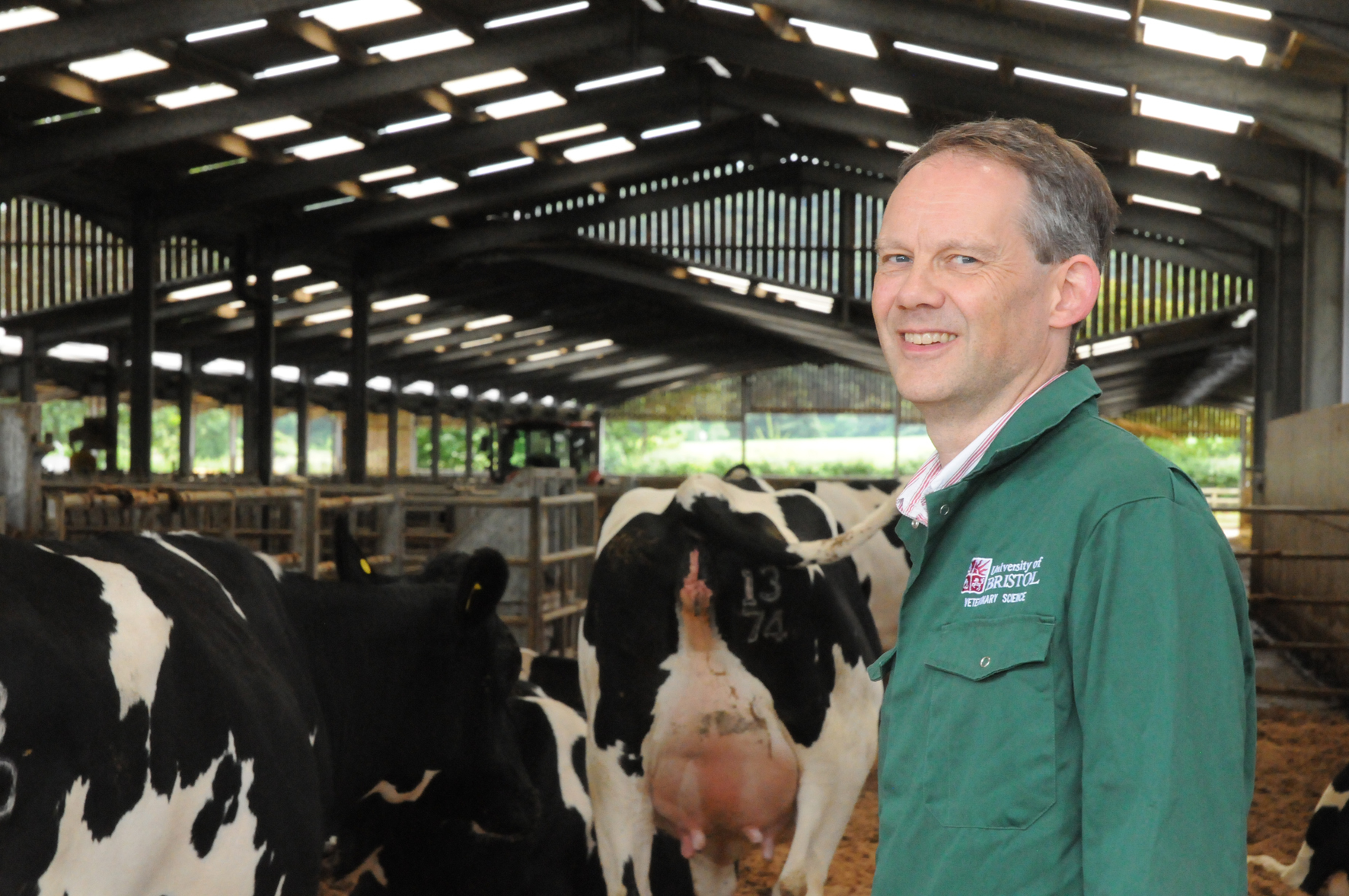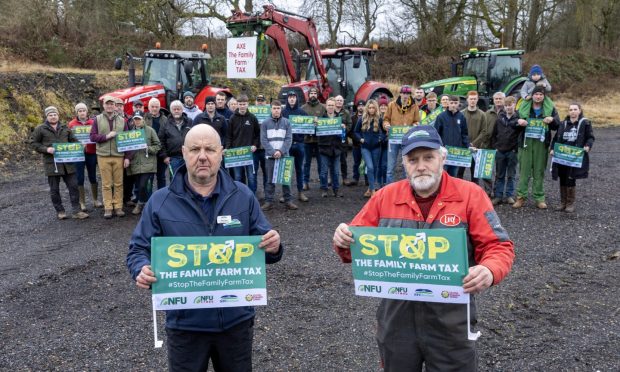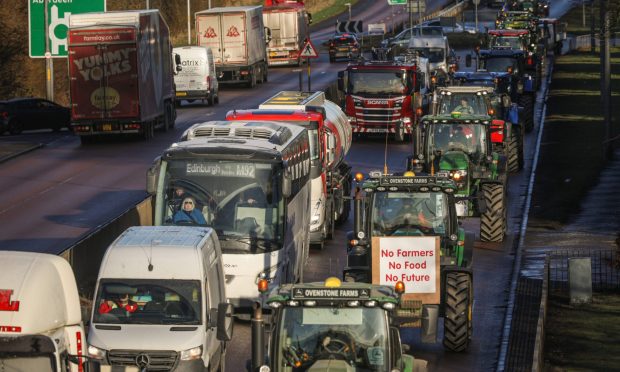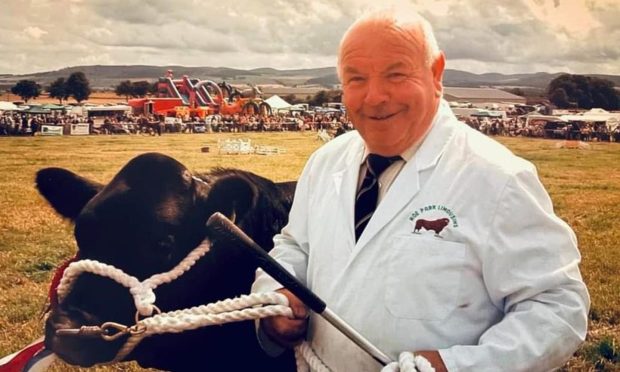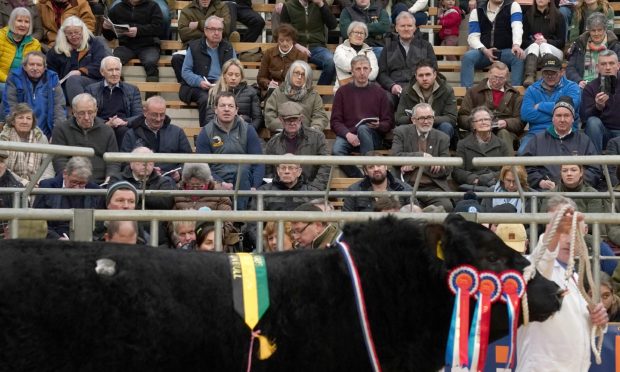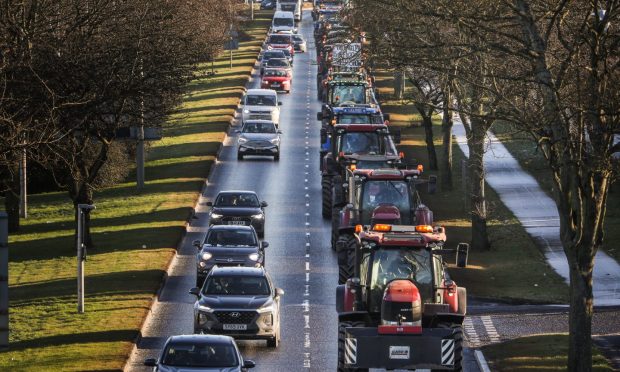One of Britain’s leading vets has advised farmers to waste no time in cutting the use of antibiotics in livestock, because Brexit might only increase the pressures on the industry to reform current practices.
Professor David Barrett from Bristol University told a dairy conference in Glasgow that in order for Britain to trade with Europe in the future, EU regulations on critically important antibiotics would ‘almost certainly’ be replicated by UK legislators .
“They may even layer some other things over the top of them,” he said.
Prof Barrett added that if farmers and vets didn’t show they were making substantial changes to their use of medicines that are critically important to human health, they risked having them banned altogether.
“Antibiotic resistance is a problem for society. We know the direction of travel and we know what we need to change. Let’s get on and do it now, before it’s imposed on us – because if it’s imposed it could come at short notice,” he said.
“Farmers and vets need to adapt to changes over a period of time. It’s not just about going on to a farm tomorrow and saying we can’t use this stuff any more. Its about preventing disease to make sure you don’t need to use the medicines.”
Prof Barrett said around 90% of dairy farmers typically had stocks of critically important antibiotics on their farms, to treat conditions such as mastitis or respiratory disease in calves. But he reassured his audience that they could still have healthy productive cows without using the drugs because his university practice had already proved it was possible.
“If critically important antibiotics were removed from our prescribing portfolio in our practice at University of Bristol tomorrow, it wouldn’t make a blind bit of difference to us because we’re not using them anyway – whereas for other farmers and practices it would be a shock,” he said.
“It’s not something to be afraid of. It’s a change and a challenge, but it’s also an opportunity to look again at how we manage the health of our animals. It’s not about stopping using medicines altogether – that’s not a viable option. Sick animals need to be treated.”
The latest data shows that the UK is a moderate user of antibiotics in agriculture. Other countries such as Italy, Spain and Cyprus use more, while Scandinavian countries use much less.
Prof Barrett said that retailers and milk buyers were also bringing pressure to bear on the dairy industry to reduce antibiotic use.
nnicolson@thecourier.co.uk
